Cabbage is a tasty morsel for many insects. However, there are no specific cabbage pests, but there are cruciferous pests that damage not only cabbage, but also other crops of this family, both cultivated and wild. In addition, we have to deal with polyphagous cabbage pests that feed on plants from many families (slugs, aphids, beetles, woodlice).
|
Slugs are well known to gardeners; they have to “fight” not only in cabbage beds, but also in many others. |
Video about the folk method of controlling cabbage pests:
| Content:
|
Cruciferous flea beetle
Damages all crops of the Cruciferous family. Most dangerous for seedlings and young plants. Adult plants suffer slightly from it, but the flea beetle slightly spoils their appearance.
Description of the pest
These are very small jumping beetles that are black, green or blue with a metallic tint. The body size is 2-3 mm, so they are almost invisible. Adult insects overwinter in the soil and under plant debris. They live in the top layer of soil.
In early spring they come to the surface and feed on young weeds of the Cruciferous family. When shoots or seedlings of cultivated cruciferous plants appear, they switch to it.
In early July, beetles lay eggs in the top layer of soil, on the lower leaves in contact with the ground, or under the roots of plants. After 5-10 days, larvae emerge from the eggs, which first feed on small roots of cruciferous crops (sometimes you can see slightly nibbled roots of radishes and other crops), and then go into the soil and pupate.
|
Fleas are most active in dry, warm weather from 10 a.m. to 1 p.m. and in the evening. |
The new generation appears at the end of July and leaves for the winter in the fall. One generation of pests develops per season.
Nature of damage
The beetles jump from the ground to the leaves and feed on the leaves.They gnaw through young leaves. With a large infestation, pests are able to eat the entire leaf in 2 hours, leaving only large veins. If it damages the growing point, the seedlings die. On older leaves, they gnaw out sores on the underside of the leaf.
The larvae feed on small roots and are capable of destroying frail seedlings. If the eggs were laid under the bottom leaf, then the larvae feed on the leaves, gnawing holes in them.
Cabbage leaves become full of holes, riddled with holes, and when heavily eaten, they dry out. Severely damaged seedlings die even if the growing point is not damaged.
How to deal with cruciferous flea beetle on cabbage
Chemical control agents are ineffective because the flea flea lives in the ground. Treatment with insecticides only contributes to the relocation of the pest to other plants. Although, when the cabbage is heavily populated, they are sprayed with Actellik, Aktara, Decis, trying to get on the underside of the leaf.
All types of cabbage need to be processed, as well as radishes, turnips, radishes, and mustard.
|
The most reliable way to protect against pests is to spread non-woven material on the ground, making holes for the plants. The flea will not get through it. |
Prevention
Removing all weedy cruciferous plants from the site. The distance between cruciferous crops should be at least 200 m. If this is not possible, it is advisable that there be a mechanical obstacle between them (greenhouse, greenhouse, wide path, etc.).
Keeping the soil moist. The pest does not like moisture.
Folk remedies
Folk remedies are quite effective if used correctly.
- It is often recommended to pollinate plants with ash or tobacco dust, but due to improper administration, the effect is zero.Ash and tobacco dust are easily washed off with water and blown away by the wind. Therefore, in order for them to stick to the leaves, they need to be sprinkled with adhesive. To do this, treat the cabbage with a soap solution, CMC solution or a purchased adhesive (Atomic, Liposam, Tandem), and sifted ash or tobacco dust is sprinkled on it.
- It makes no sense to sprinkle the ground with ash or tobacco dust, since they are washed away during the first watering and their protective effect is zero.
- The cruciferous flea beetle cannot tolerate the smell of tomatoes, garlic, nasturtium, and dill. Therefore, these plants can be planted next to cabbage or directly on the cabbage plot.
- Using anti-flea shampoo for animals. 1 tbsp. l. diluted in 3 liters of water and sprayed from the top and bottom of the leaf.
The pest is unable to cause any significant damage to adult plants. The flea feeds only on the outer leaves, without causing damage to the heads and heads. When it appears in the second half of summer, folk remedies and non-woven material are used as a mechanical obstacle.
Treatment with insecticides is prohibited at this time.
Cruciferous bug
Very often it is confused with the cruciferous flea beetle, since the bug also damages the leaves. However, these are different pests. In addition to cabbage, it damages radishes, turnips, watercress, and horseradish.
Description of the pest
Small insects 5-10 mm long. They have a bright blue, black, red or green color with white, yellow and red spots and dashes. Adult bedbugs overwinter under plant debris. In spring, in mid-April, they come to the surface and feed on cruciferous weeds. But with the advent of cultivated plants, they migrate en masse to them.
|
Cruciferous bug There are cabbage, mustard, rapeseed and other bugs that are localized only on one species, but if there is a lack of food, they can move to other cruciferous crops. |
During the season, 2-4 generations of pests are born, which damage cabbage throughout the growing season.
Nature of damage
The pest is especially active in dry and hot weather. The larvae cause the most damage because, unable to move from plant to plant, they feed on one plant.
Feeds on seedlings, adult plants and seeds. The pest pierces the skin of the leaf and young, non-hard veins with its proboscis and sucks out the juice. Small light spots appear at the puncture sites. The tissue around them gradually dies and small irregularly shaped holes or ulcers are formed, bordered by dead tissue.
If the damage is severe, the leaf dries out and the young plant may die. If flowers or ovaries are damaged, they fall off.
|
In May, females lay up to 10-12 eggs on the underside of leaves in 2 rows. After 10-12 days, larvae emerge from the eggs, which are similar to an adult bedbug, but do not have wings. It also feeds on leaves. After 30-40 days, the larva turns into an adult insect. |
How to deal with a bedbug
Spraying and watering are carried out at the root.
- Spraying with Atom, Gladiator, Shar Pei, Karate, Kinmiks, Decis. A good adhesive (Liposam, Tandem) must be added to the preparation. You should not use soap solution, milk, etc. as an adhesive, as they are washed off by rain.
- The cabbage is watered generously, and then a 1.5 times more concentrated solution of the same drugs is added to the root.
- If bugs appear on cabbage less than 40-50 days before harvesting, a thorough inspection of the plants is carried out and the pests are manually destroyed. The plot is covered with a fine mesh, and the treatment is carried out using folk remedies.
Treatment must be carried out immediately when damage appears. Otherwise, the bugs will destroy the seedlings or cause great damage to adult plants and seeds.
Folk remedies
Bed bugs, like other cabbage pests, do not like strong strong odors. Therefore, they use products that have a specific, persistent odor.
- Spraying with valerian. Dilute 25 ml of valerian tincture in 2 liters of water, add a standard adhesive (Agrolip, Trend 90, Liposam) and spray the cabbage. Thanks to the adhesive, the solution is not washed off by rain and sticks to the leaves. You can treat both seedlings and adult plants 10 days before harvesting. The disadvantage of this method is that the smell of valerian attracts cats, and the cabbage can be seriously damaged.
- 100 ml of liquid tar soap is dissolved in 5 liters of water and sprayed onto the plot.
- Rags soaked in kerosene are laid out on the plot.
- Spray the cabbage with tomato infusion. 200 g of crushed stepsons are poured into 5 liters of water, left for 7-10 hours, filtered and processed.
- Marigolds or calendula are sown along the perimeter of the plot.
- Onions or garlic are placed next to the cabbage plot.
|
Treatment with folk remedies is possible 3-5 days before harvesting. |
Prevention
Collection and destruction of plant residues. Digging the soil in the fall to a depth of 20 cm. To prevent attacks by bedbugs, cover the cabbage with a fine mesh or thin non-woven material. When bedbugs appear, the most important thing is to prevent their numbers from increasing.
Cabbage whites
Damages cabbage, radish, turnips, mustard, rutabaga. He especially prefers white and cauliflower. It causes the greatest damage in the second half of summer.
|
Cabbage whites in all their glory |
Description of the pest
The butterfly is large with white or slightly yellowish wings. The front pair of wings has a black wide border at the upper corner. The first pair of wings has 2 large black spots. Males have one spot or no spot at all.
The eggs are lemon yellow, oval, ribbed. The larva is a caterpillar. In the cabbage white, it is dirty green with black dots, in the turnip white, it is bright green. When emerging from the egg, the size of the caterpillar is 1.5 cm, by the end of this developmental phase it is 5-6 cm. Yellow stripes run along the sides along the entire body, and one light stripe runs along the back. Black spots run symmetrically along the entire body.
The caterpillar has poisonous glands that can cause the death of small birds and irritate the skin of humans. Moving along the leaf, the caterpillar leaves behind a sticky trail.
|
Cabbage white eggs |
The overwintering stage is the pupa. They overwinter on the trunks of trees and shrubs, on fences, and in greenhouses. In spring, at the beginning of May, butterflies appear feeding on the nectar of flowers. 2-3 days after the start of flight, the butterfly lays eggs on the underside of the leaf; the clutch can contain from several dozen to 200 eggs.
After 8-10 days, caterpillars appear, after 15-20 days the caterpillar pupates, and after another 10-15 days butterflies appear. The full cycle of whitefish is 45-60 days and is highly dependent on the weather. Over the course of a year, 2 generations of pests appear in the central regions, and 3-6 generations in the south.
The butterfly flies only during the day in calm weather. The optimal development temperature is 20-25°C.In cold weather, butterflies are less active; on windy days, the butterfly does not fly.
Nature of damage
The caterpillars emerging from the eggs eat the edges of the leaves. At first they stick together, but later spread throughout the entire plant and completely destroy the leaves, leaving only a skeleton of veins. In the queen cell, they also eat buds and flowers, as well as tender ovaries.
|
In search of food, caterpillars are able to travel considerable distances, and if they do not find cabbage, they can feed on other cruciferous vegetables, especially turnips, destroying the above-ground part. |
How to deal with whiteweed
In the middle zone, the flight of whites occurs in May and July-early August (the specific dates depend on the weather and fluctuate significantly). In the south, a new generation appears every month. The caterpillars cause the greatest damage in the second half of summer.
- As soon as the butterfly has flown, the plot is covered with non-woven material, pressing it well to the ground so that the butterfly does not fall on the plant. This is a very reliable way to protect against whitefish and other pests.
- To destroy pests, they are treated with chemicals Decis, Shar Pei, Karate, Iskra, Herold, Gladiator, Karbofos. Spraying is carried out on the upper and lower sides of the leaf when oviposition or caterpillars are detected.
- When forming a crop, instead of chemicals, biological products are used: Lepidocid, Bitoxibacillin, BioKil. Spray against each generation of pests.
|
In a small plot, oviposition and caterpillars are destroyed manually. |
Folk methods of protection against cabbage whites
Folk remedies are intended mainly to repel butterflies.
- The butterfly really does not like strong odors and will not lay eggs in places where this smell is present.Therefore, cabbage is sprayed with strong-smelling substances: valerian tincture, tomato infusion, mustard, garlic, chamomile infusion, wormwood.
- Sowing between cabbage rows or along the perimeter of the plot with calendula or marigolds, which repel the butterfly with their smell.
- Pollinating leaves with ash or tobacco dust using an adhesive. The butterfly does not lay eggs on a dirty leaf.
- Treatment with vinegar. 3 tbsp. 9% vinegar is diluted in a bucket of water and sprayed on the plot.
In addition to chemical and folk methods of control, glue traps are used. Brightly colored sheets of cardboard with glue applied to them are placed on the cabbage plot. The whitefish reacts to a bright color, sits on it and sticks. The disadvantages of the method are the inability to catch all the butterflies and the fact that bees are also attracted to the trap.
Prevention
Cleaning up plant debris and carefully inspecting the trees and shrubs on which the pupae overwinter.
Cabbage scoop
The armyworm damages not only cruciferous crops, but also peas, beets, and onions. The caterpillar that eats the passages in the cabbage is harmful. Dry, warm weather is especially favorable for pest development.
|
Cabbage scoop |
Description of the pest
The adult insect is a small moth that flies at dusk. The forewings are gray-brown with a yellow-white wavy line and a light spot. The back ones are lighter, without patterns or lines. The butterfly's flight begins in the middle zone in June, in the south at the end of April. The flight is very extended, its duration is 15-20 days.
The butterfly lays eggs on the underside of leaves of both cruciferous cultivated and wild plants, as well as on plants of other families. They can lay eggs under lumps of earth. The eggs are arranged in groups of several.One female can lay up to 200 eggs. After 5-12 days, the caterpillars hatch. Initially they stick together, then spread throughout the entire plant and move on to neighboring ones.
Pupae overwinter in the soil at a depth of 8-12 cm. In the central regions, 1 generation of pests appears per season, in the south - 2-3 generations.
|
Young caterpillars are light green and then brownish-brown with a yellow stripe on the sides along the entire body. The pupae are red-brown and shiny. |
Nature of damage
Plants are damaged by caterpillars, which are incredibly voracious. In the absence of control measures, they are capable of completely destroying a plot in a couple of days.
Caterpillars eat leaves by gnawing out irregularly shaped holes. When forming a crop, they gnaw holes in the head or head, leaving behind a dark green discharge (excrement). Heads and heads contaminated with excrement rot, acquire an unpleasant odor and become unsuitable for food.
Control measures
When the number of caterpillars and ovipositions is small, they are collected and destroyed manually. If there is a large pest infestation, treatments are carried out.
- Spraying with Karbofos, Alatar, Molniya, Tanrek, Samurai preparations.
- When forming a crop, they are treated with biological products Actellik, Biostop, Lepidocid, Bitoxibacillin.
- When flying, butterflies cover the cabbage with non-woven material so that the butterfly cannot land on it. But this is a polyphagous pest, so the butterfly can lay eggs on neighboring crops (beets, peas, nettles).
When processing a cabbage plot, it is necessary to process the neighboring beds and weeds (if there are any and they cannot be removed).
Folk remedies
The soft body of the caterpillar is sensitive to all kinds of burning substances.
- Ground hot pepper.20 g are poured into 1 liter of boiling water, left for an hour, filtered and processed.
- Spraying with a highly concentrated soda solution. 3 tbsp. dissolve in 2 liters of water and spray the leaves from the upper and lower sides.
- To catch butterflies, place containers with fermenting liquid. A large number of butterflies fall into this trap.
|
The cutworm lays a lot of eggs under lumps of earth and in fallow fields. And if the eggs on the black fallow are destroyed during cultivation, then at the dacha it is necessary to constantly loosen the soil in the plot, especially if cutworm butterflies fly over it. |
Prevention
To destroy the pupae, deep digging of the soil is carried out in the fall. Once deep in the ground, the hatched pest will not be able to get out of there and will die. Also, if the caterpillars have gone deep, then, once on the surface, they will freeze out in the winter.
Destruction of weeds not only around the perimeter of the plot, but throughout the entire site and beyond. Cruciferous weeds, nettles, and burdocks are removed especially carefully.
Regular watering. Armyworm eggs die in damp soil.
Cabbage moth
A small nocturnal butterfly that flies at dusk. But sometimes it can fly during the day - this means that there is a sharp jump in numbers.
|
Cabbage moth is a malicious pest of cabbage and other cruciferous crops. |
Description of the pest
A small butterfly with narrow black-gray forewings and gray fringed hind wings. The caterpillars are spindle-shaped and green. The pupae are green and are in a translucent cocoon.
The flight of butterflies lasts up to 20-25 days, while the full development cycle from egg laying to pupation is 20-25 days. Therefore, in the fields, and from there in the dachas, all stages of the pest are present: butterfly, eggs, caterpillars of all ages, pupae.The development cycle depends on the weather. The greatest spread of the pest occurs in warm, dry weather.
In the south, the first butterflies appear in early to mid-April, in the north in mid-May. They lay eggs on the underside of leaves or on petioles. When touched, the caterpillar moves back, falls and hangs on the cobweb. In the same way, it moves from one sheet to another. In addition, it is able to move along the ground, moving from plant to plant.
|
In the central regions, up to 4 generations of pests appear per season. In the south there are 7-12 generations. |
Moths hide under leaves during the daytime. It is almost invisible; it can be mistaken for a stick or straw on a sheet.
Nature of damage
The damage is caused by the caterpillar, which feeds on the pulp of the leaf, eating it away. The top skin remains intact. Eats leaves, stems, flowers, ovaries. Caterpillars are very voracious and are capable of completely eating young plants and significantly damaging adults.
How to fight moths
Since moth reproduction is intensive, caterpillars of all ages are always present on the site. The greatest effect of insecticides is achieved by the first and second instars of caterpillars; more than 95% of all pests are destroyed. The drugs have a worse effect on older caterpillars, the positive effect is 50%.
- The first treatment is carried out at the beginning of butterfly flight. Preparations Molniya, Borey, Alatar, Karbofos, Senpai.
- Subsequent treatments are carried out with insecticides of systemic contact action: Borey, Euphoria, Kungfu. Systemic drugs have a long-term effect, but as the plant grows, the protective effect disappears and treatments are carried out every 10 days.
- When setting a crop, the biological products Lepidocid and Bitoxibacillin are used instead of chemicals.
If there is a small number of cabbage moths on the site, then biological products are used. But if there is a pest invasion, and the butterflies fly already in the afternoon, then chemicals are used. If the pest multiplies strongly, 4-6 treatments are carried out per season.
|
Folk remedies. The cabbage moth, like all moths, flies towards the light. Therefore, at dusk they turn on a bright light, and hang glue traps nearby. In this way, you can catch a sufficient number of pests. |
Another interesting, popular way to fight cabbage moths:
Prevention consists of destroying plant residues.
Cabbage fly
Description of the pest
There are spring and summer cabbage flies. Spring flies are small, body length 6.5 mm with transparent wings. The male is gray. The female is slightly larger and ash-gray. Summer flies are slightly larger - up to 8 mm, with the same color. The emergence of spring flies coincides with the mass flowering of birch and dandelion (it is at this time that early cabbage seedlings are planted).
The massive flight coincides with the flowering of lilacs. The fly feeds on weeds, and later moves on to cabbage and lays eggs on the root collar, plant stems or under lumps of earth to a depth of 8-12 cm.
|
The cabbage fly is very dangerous for seedlings and young plants. Destroys cabbage and other cruciferous crops. |
The spring fly lays eggs after the bird cherry blossoms. The eggs are white, small, cigar-shaped, located in groups of 2-3 pieces. One female can lay up to 100 eggs. Under one plant there can be up to several dozen eggs laid by different females. Flies prefer to lay eggs under strong plants; oviposition is very rare under weak ones. Lack of moisture slows down the development of eggs.
After 2-8 days (depending on the weather), the larvae hatch. They are small, up to 8 mm, white. After 20-30 days, a pupa is formed. Its development lasts 10-20 days, then a generation of summer flies appears. In the middle zone, the second generation appears in early July, in the south, in mid-June.
Nature of damage
The larvae damage cabbage by first feeding on small roots, and then gnawing into the roots and stems and boring winding passages into them. The damaged plant withers, despite sufficient watering, the leaves turn purple, and the roots rot. The greatest damage is caused by the larvae of the spring fly. Early varieties suffer especially badly, since they do not have time to recover even if the pest is destroyed.
|
The summer generation is not so dangerous, although, with a high concentration on the plot, it can cause significant damage. The larvae mainly damage the stump and small roots. |
Control measures
Fighting the cabbage fly is very difficult.
- To repel and destroy flies, enteric-contact insecticides are used: Karbofos, Kinfos, Karate, Zolon. Spray on the leaves.
- To destroy the larvae, water the roots with solutions of the same drugs, but in a concentration 2 times less.
- No chemicals are used on early varieties. At the beginning of the pest’s flight, plants are sprayed and watered with the biological product Bitoxibacillin.
Only biological products are used on kale.
Traditional methods of protecting cabbage
Folk remedies are all preventive and aimed at repelling flies.
- Sprinkling the ground with ash mixed with mustard powder. This is both a feeding and a means of control. The fly cannot stand the smell of mustard and does not lay eggs in these places.Instead of mustard, you can use tobacco dust and ground red pepper.
You need to sprinkle the soil once a week, because when watering and raining, everything is washed into the soil.
- Watering cabbage with ammonia. Its pungent smell repels not only flies, but also fleas. However, it is impossible to water frequently, since ammonia is a nitrogen fertilizer and the cabbage may be overfed with nitrogen.
- Planting Brussels sprouts around the perimeter of the plot. The mustard oils contained in it repel the pest.
Treatments are carried out once every 5-7 days throughout the season, since the fly has a long flight.
Prevention
Prevention is very effective.
- Moderate watering to keep the soil slightly moist and loosening will destroy most fly eggs. The method is suitable only for cabbage varieties. Poor watering of cauliflower at an early age leads to the fact that it does not form heads, and no measures in the future will help.
- Autumn deep digging of the soil. Most pupae are destroyed. Some of the pupae freeze out in the winter, and in those that are caught in the late spring, the insects that emerge from them will not be able to get to the surface.
- Removing cruciferous weeds from the site.
In the north, the spring fly affects cabbage less, since seedlings are planted after the main flight of the pest.
Cabbage stem weevil (cabbage stem weevil)
Description of the pest
A small beetle 3-3.3 mm long, black or earthy-gray in color, which makes it difficult to distinguish; it is often mistaken for particles of earth on leaves. Flight begins in early May and lasts 2-2.5 weeks. Females lay eggs in the leaves under the skin of the midrib. As a result, swelling appears on it.
|
The cabbage stem weevil damages all cultivated and many wild cruciferous plants. The pest feeds on seedlings, adult plants and seeds. |
The larvae appear after 5-7 days. They are small and yellowish-white in color. The larvae feed for 20-30 days, then gnaw through the skin of the leaf, emerge, go into the soil and pupate. After 20-25 days, the second generation of beetles appears.
Beetles overwinter under plant debris, under trees and shrubs. Over the course of a year, 2 generations of pests appear in the Non-Black Earth Region, and 3 generations in the south.
Warm and moderately dry weather is favorable for the pest.
Nature of damage
The larva lives and feeds inside the leaves. She gnaws passages inside the central veins and in the stump. Sometimes they can reach the root collar. Upon examination, brown stripes are noticeable on the leaves - pest passages.
Cabbage begins to lag behind in growth, wither, and damaged leaves dry out. Severely damaged plants die.
|
The weevil is especially dangerous on seedlings and newly planted plants. Adult cabbage, as a rule, does not die; only damaged leaves dry out. |
Fighting weevil
The fight against weevil is complicated by the fact that it lives inside the plant. They use beetle repellents and preparations to combat larvae.
- Rogor. It has contact-intestinal and systemic effects. Highly effective in the fight against secretive insects. Destroys beetles and larvae. The death of the pest occurs after 3-4 hours. Used only on young plants. Rogor should not be used less than 60 days before harvest.
- Confidor. Systemic insecticide with enteric contact action. Acts on beetles and larvae.In a cabbage plot, even before planting, the cabbage is brought into the ground. Insects that come to the surface die upon contact with the drug. To protect against larvae, it is treated during the mass flight of beetles by spraying cabbage from the upper and lower sides of the leaf. The treatment is carried out once.
- Mospilan. The newest systemic pesticide with enteric contact action. It remains on the plant for a long time. Effective against weevil larvae. Spray during the growing season once when a pest appears.
- If the cabbage is large and healthy, then if oviposition is detected, the affected leaves are removed manually.
In July, when the second generation of pests appears, early cabbage should not be treated with chemicals. Also, you cannot process kale that will be used for food no later than 30 days after processing. It is advisable to change the drug during the second treatment in July.
Folk methods of protection
Folk remedies are aimed more at repelling beetles, since it is more difficult to affect the larvae feeding inside the plant.
- Sprinkle the row spacing with ground red pepper or mustard. You can make a mixture of these substances with the addition of ash and adhesive and sprinkle on cabbage leaves.
You cannot sprinkle pepper on the leaves of early cabbage in July, otherwise everything that is on them will be tied into a head.
- Spraying with infusion of tomato tops. 300-400 g of crushed stepsons are poured with water and left for 24 hours. Spray on the leaves.
- A mixture of dry herbs tansy and celandine in a 1:1 ratio is scattered over the plot.
All products applied to the soil are sprayed onto wet soil, otherwise they will be blown away by the wind. After spraying, the plot is loosened to embed them in the ground.
Prevention consists of regularly weeding both the cabbage plot and the entire plot and destroying all cruciferous weeds.
Autumn deep digging of the soil to destroy wintering pests. Cleaning up plant residues.
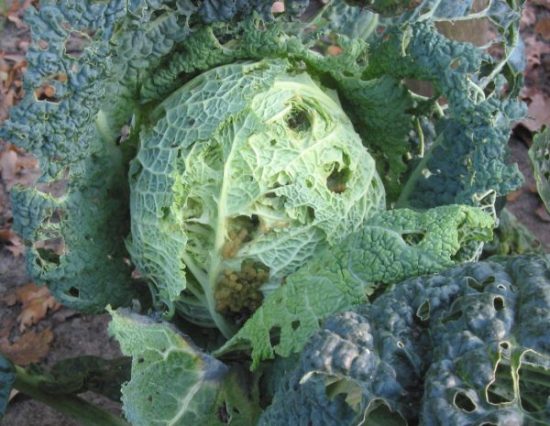
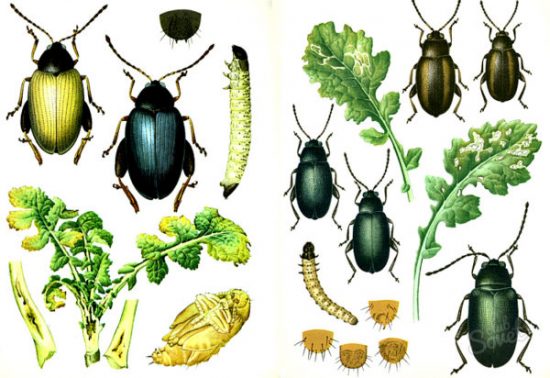
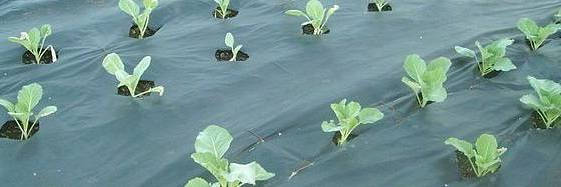
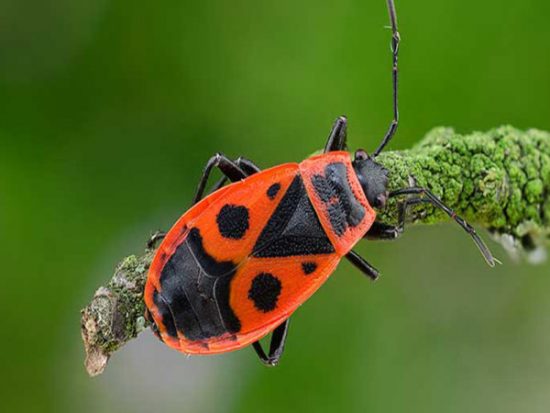

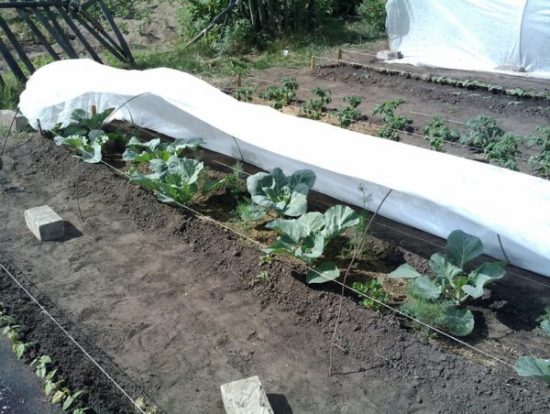
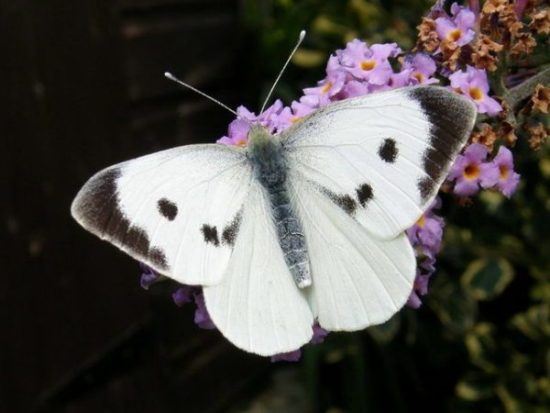
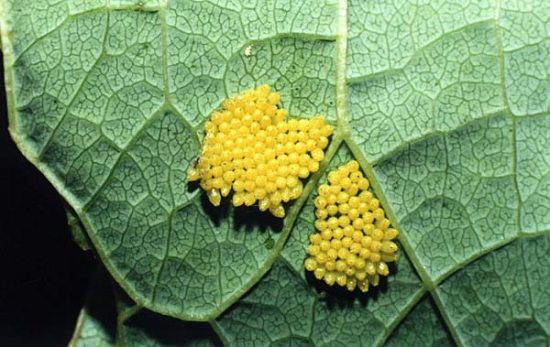
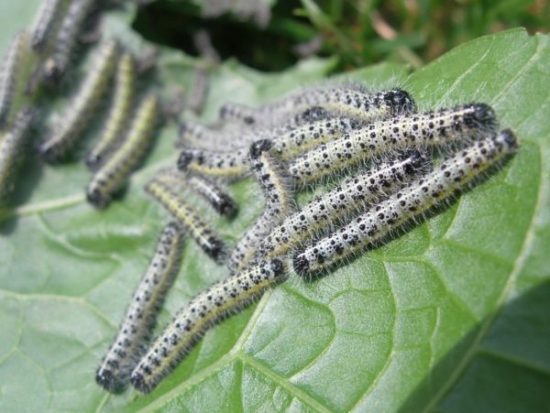
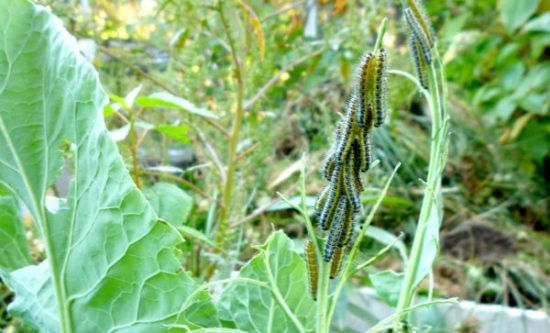
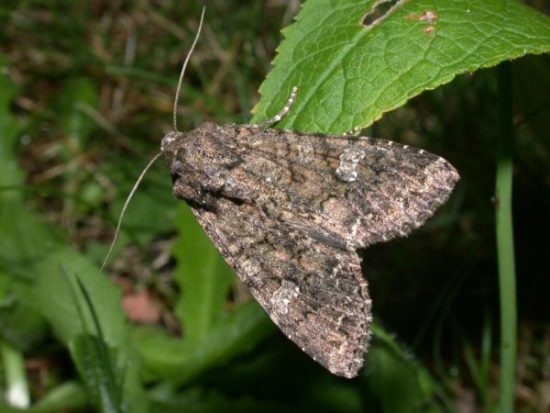
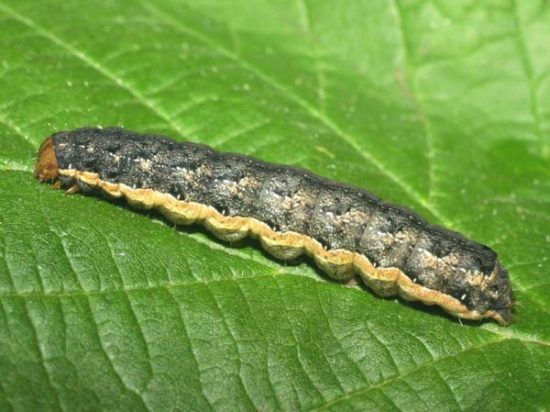
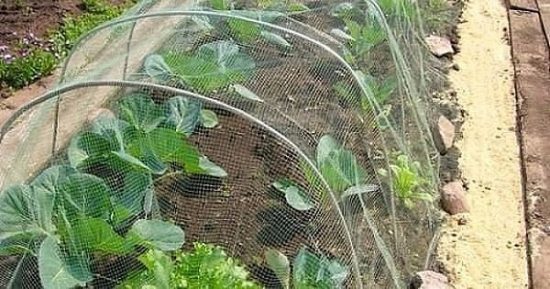
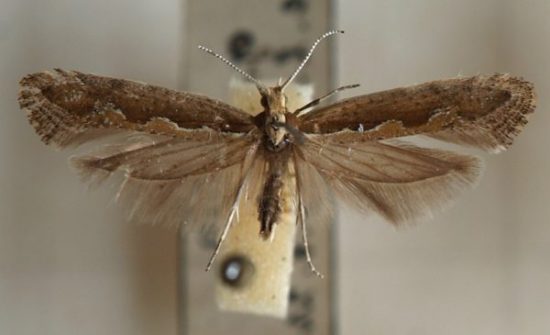
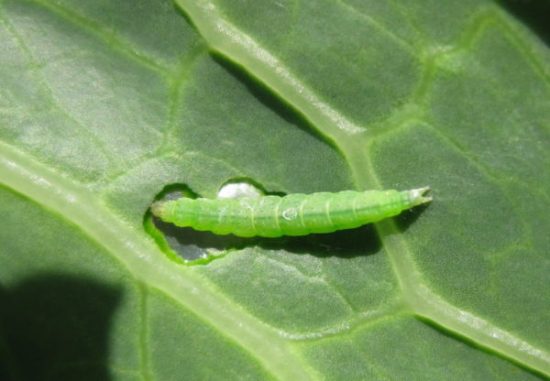
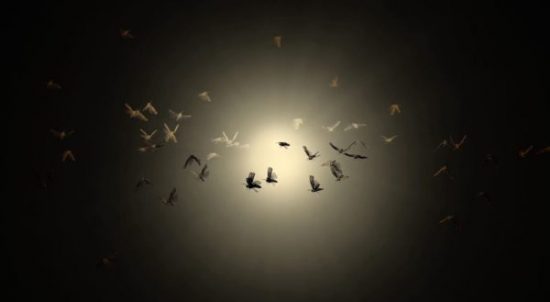
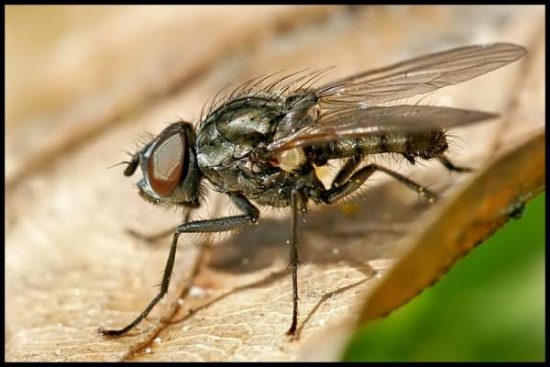
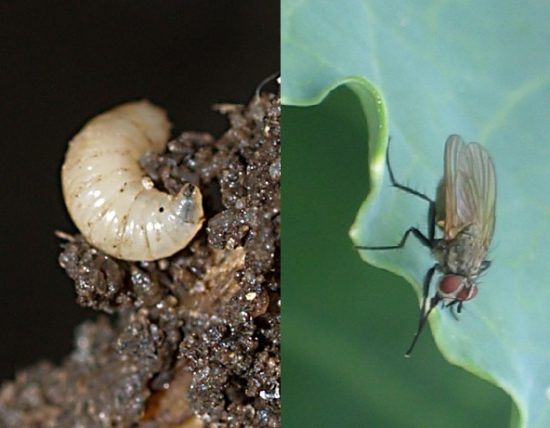

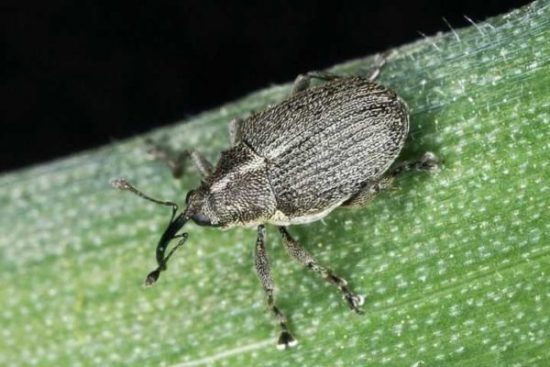
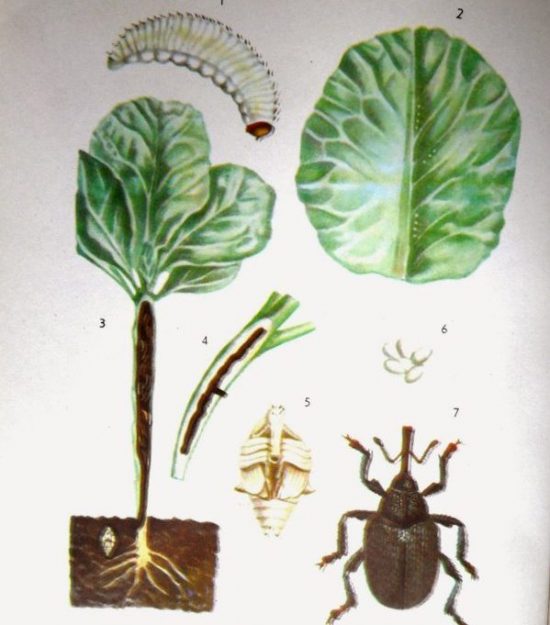
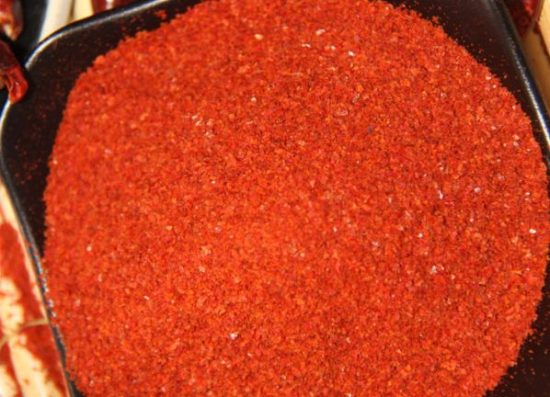

 CUCUMBERS NEVER GET SICK, I'VE BEEN USING ONLY THIS FOR 40 YEARS! I SHARE A SECRET WITH YOU, CUCUMBERS ARE LIKE THE PICTURE!
CUCUMBERS NEVER GET SICK, I'VE BEEN USING ONLY THIS FOR 40 YEARS! I SHARE A SECRET WITH YOU, CUCUMBERS ARE LIKE THE PICTURE! You can dig a bucket of potatoes from each bush. Do you think these are fairy tales? Watch the video
You can dig a bucket of potatoes from each bush. Do you think these are fairy tales? Watch the video
 How our fellow gardeners work in Korea. There is a lot to learn and just fun to watch.
How our fellow gardeners work in Korea. There is a lot to learn and just fun to watch. Eye trainer. The author claims that with daily viewing, vision is restored. They don't charge money for views.
Eye trainer. The author claims that with daily viewing, vision is restored. They don't charge money for views. A 3-ingredient cake recipe in 30 minutes is better than Napoleon. Simple and very tasty.
A 3-ingredient cake recipe in 30 minutes is better than Napoleon. Simple and very tasty. Therapeutic exercises for cervical osteochondrosis.A complete set of exercises.
Therapeutic exercises for cervical osteochondrosis.A complete set of exercises. Which indoor plants match your zodiac sign?
Which indoor plants match your zodiac sign? What about them? Excursion to German dachas.
What about them? Excursion to German dachas.